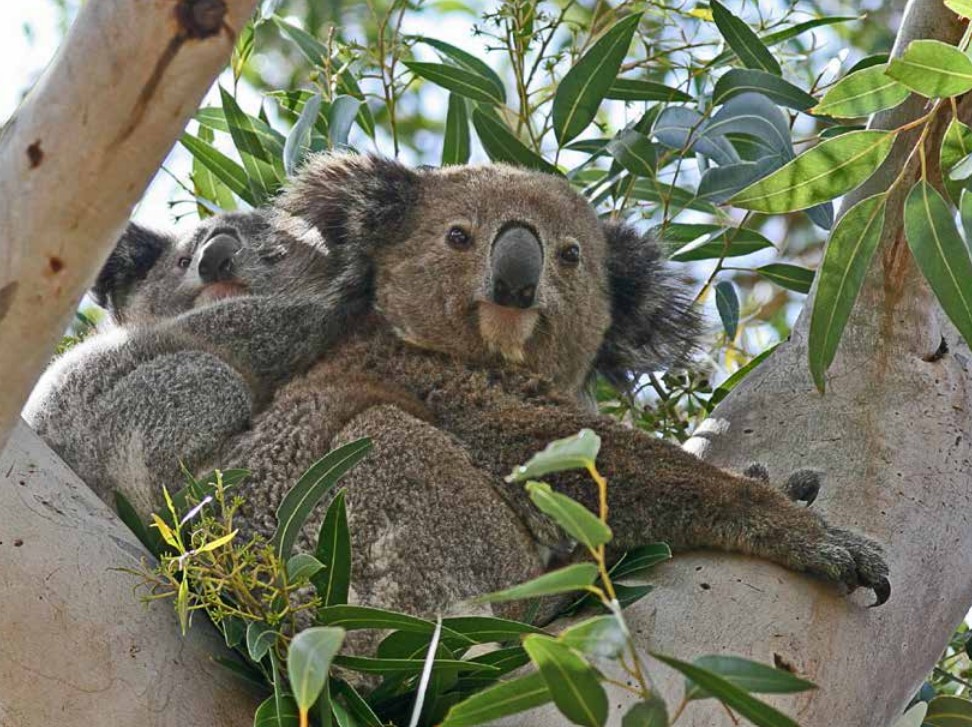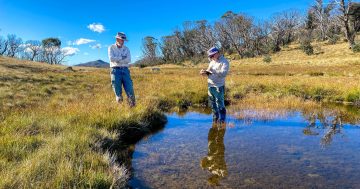
It would cost $583b a year for 30 years to fully recover from the human impact on Australia’s native species. (File photo: NSW Environment)
It would take a quarter of Australia’s GDP to fully recover from the human impact on the nation’s threatened species, according to new research from the national science agency CSIRO.
Together with researchers from the University of Queensland, CSIRO has calculated for the first time the full cost of recovering all of Australia’s threatened animals and plants.
That bill would be A$583 billion per year, every year, for at least 30 years – 25 per cent of Australia’s GDP.
That cost would be to fully restore populations of 1,657 threatened terrestrial and freshwater species across the continent.
But while CSIRO says the task of fully recovering threatened species at such a cost is infeasible, the research paints a clear picture of the extent 200 years of human impact has had on Australia’s natural environment.
The research, published recently in the journal Nature Ecology and Evolution, also offers both caution for what further damage to nature might cost to repair and a starting point for costing the species recovery at regional levels.
CSIRO’s Josie Carwardine said the cost estimates offer new insights into the challenges and opportunities of reversing biodiversity decline.
“Our work shows the value of finding new ways to avoid further harm to our natural world, and the need to work toward a sustainable future where ecological health underpins economic prosperity and societal wellbeing,” Dr Carwardine said.
“Integrating realistic biodiversity recovery costs in land-use planning, preventing further degradation of nature and reducing the long-term financial burden of environmental recovery are critical for ensuring a healthy environment and economy for generations to come.”
The researchers hope to have their work incorporated into decision-making for sustainability across all sectors of the economy along with climate adaptation planning in collaboration with Indigenous traditional owners and communities where possible.
The study states that accounting for the cost of repairing the degradation of earth’s biosphere is critical to guide conservation and sustainable development decisions.
Yet the costs of repairing nature through the recovery of a continental suite of threatened species across their range have never been calculated.
“We estimated the cost of in situ recovery of nationally listed terrestrial and freshwater threatened species (n = 1,657) across the megadiverse continent of Australia by combining the spatially explicit costs of all strategies required to address species-specific threats,” the research states.
“Individual species recovery required up to 12 strategies (mean 2.3), predominantly habitat retention and restoration, and the management of fire and invasive species.
“The estimated costs of maximising threatened species recovery across Australia varied from AU$0–$12,626 per ha, depending on the species, threats and context of each location.
“The total cost of implementing all strategies to recover threatened species in their in situ habitat across Australia summed to an estimated AU$583 billion per year, with management of invasive weeds making up 81 per cent of the total cost.
“This figure, at 25 per cent of Australia’s GDP, does not represent a realistic biodiversity conservation budget, but needs to be accounted for when weighing up decisions that lead to further costly degradation of Australia’s natural heritage.”
April Reside from UQ’s School of the Environment said while the total sum may be impractical, the study showed there were many ways to make meaningful and affordable progress.
“Stopping Australia’s extinction crisis is critical as the plight of threatened species is indicative of broader ecosystem problems,” Dr Reside said.
“This huge cost – which is 25 per cent of GDP – shows the scale of the challenge.
“But there are many interventions that can be achieved to provide far-reaching benefits beyond threatened species, such as restoring traditional fire regimes, managing invasive species, and restoring and protecting habitats.
“These actions would enhance soil stability, improve water quality and sequester significant amounts of carbon.”
Research co-author James Watson said agriculture can also benefit from such investment.
“We would be reducing the economic impact of pests and weeds, which costs the sector billions of dollars annually,” Professor Watson said.
“Threat abatement strategies also generate many thousands of jobs, particularly in rural and Indigenous communities, fostering economic resilience and social equity.”
The study was funded by the Australian Government’s National Environment Science Program Threatened Species Hub.














